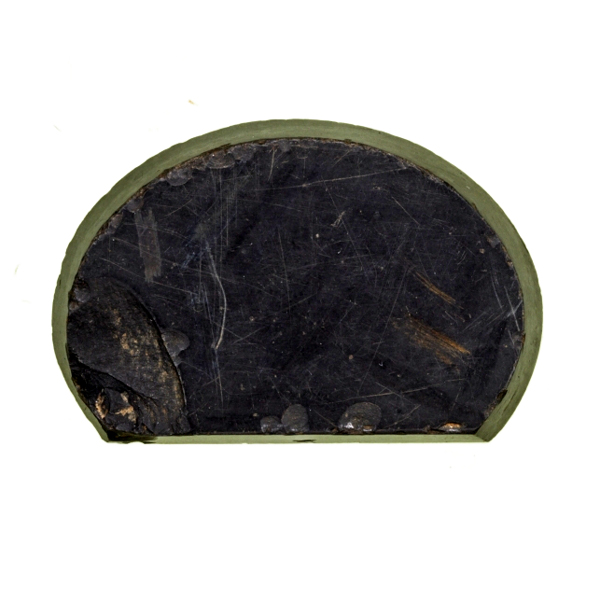Belts Worn by Court Officials
-

Belt Fitting
Found in Kōriyama City, Fukushima, Nara–Heian period, 8th–9th centuryJapanese Archaeology and Special Exhibition (Heiseikan) Japanese Archaeology Gallery
March 11, 2025 (Tue) - September 7, 2025 (Sun)The imperial court of ancient Japan incorporated the custom of wearing belts, which had been prevalent in Tang-dynasty China (618–907). Japanese court officials seemed to have started wearing belts as part of their attire around 710, the year Heijō-kyō (now Nara City) became the capital of Japan. Clothing regulations in an imperial decree stipulated that different materials were to be used for belts of different ranks, indicating belts were a symbol of court officials’ social standing.
| Designation | Name | Creation/ Excavation/ Provenance |
Period | Acquisition/ Ownership/ Accession Number |
CMT | ||
| Highlight | Belt Fittings | Found at the Heijō-kyō Capital Site, Nara | Nara period, 8th century | Lent by Nara National Research Institute for Cultural Properties | |||
| Highlight | Belt Fittings | Found at the Tatekaidō Burial Mounds, Iwate | Nara period, 8th century | E-14308 | |||
| Highlight | Belt Fittings | Found in Tarui Town, Gifu | Nara–Heian period, 8th–9th century | G-3072 |
